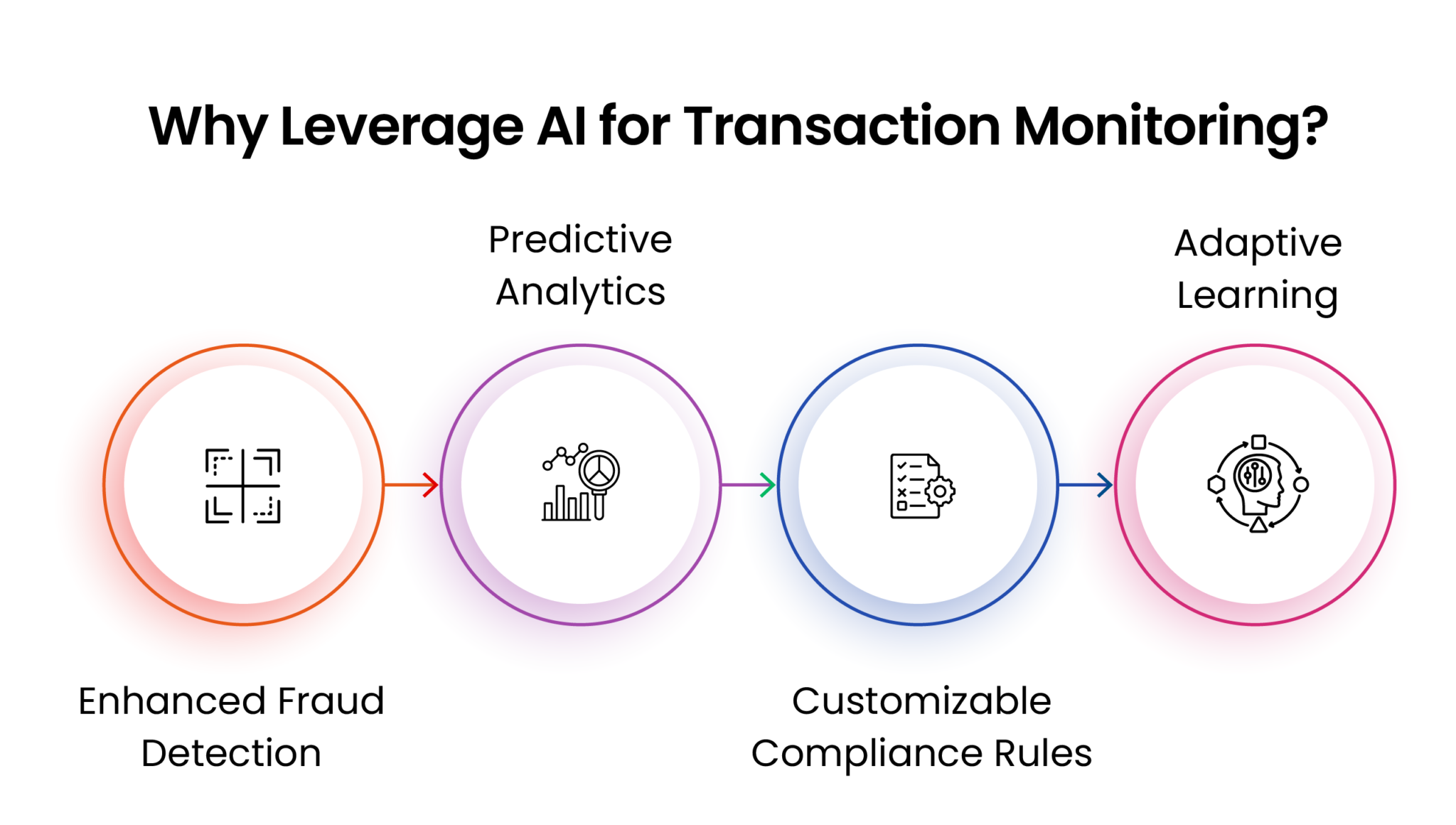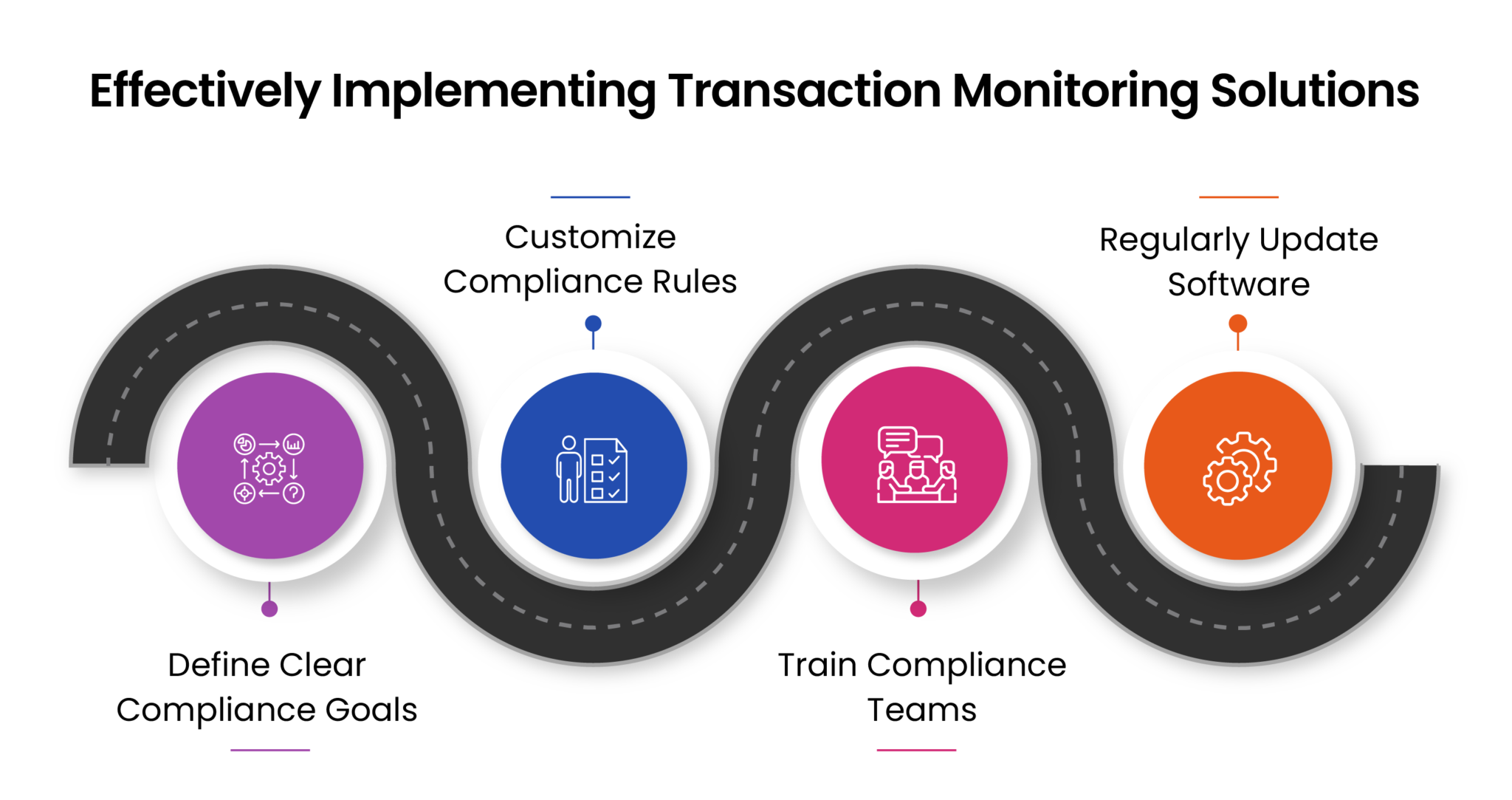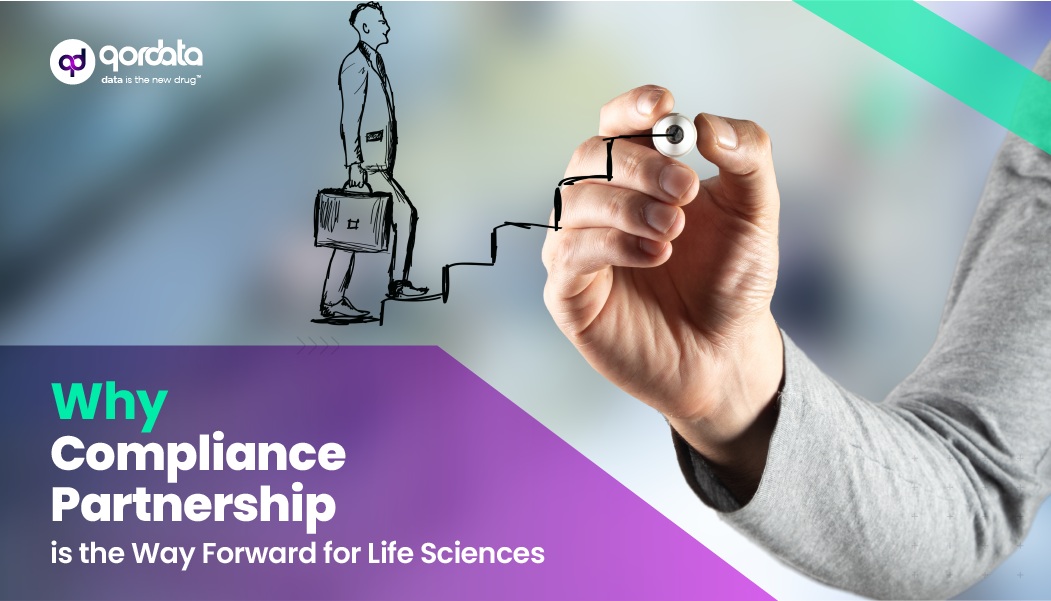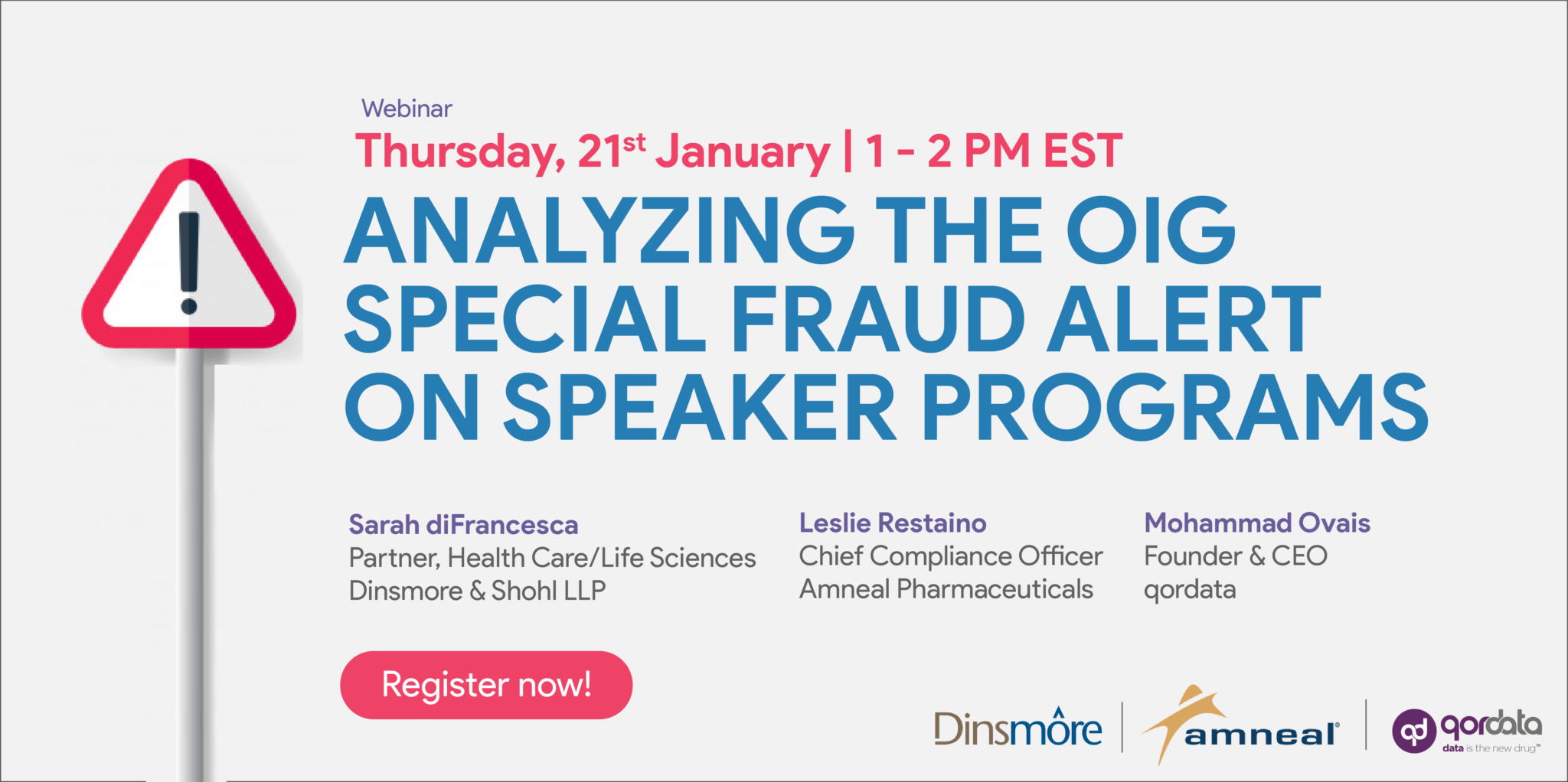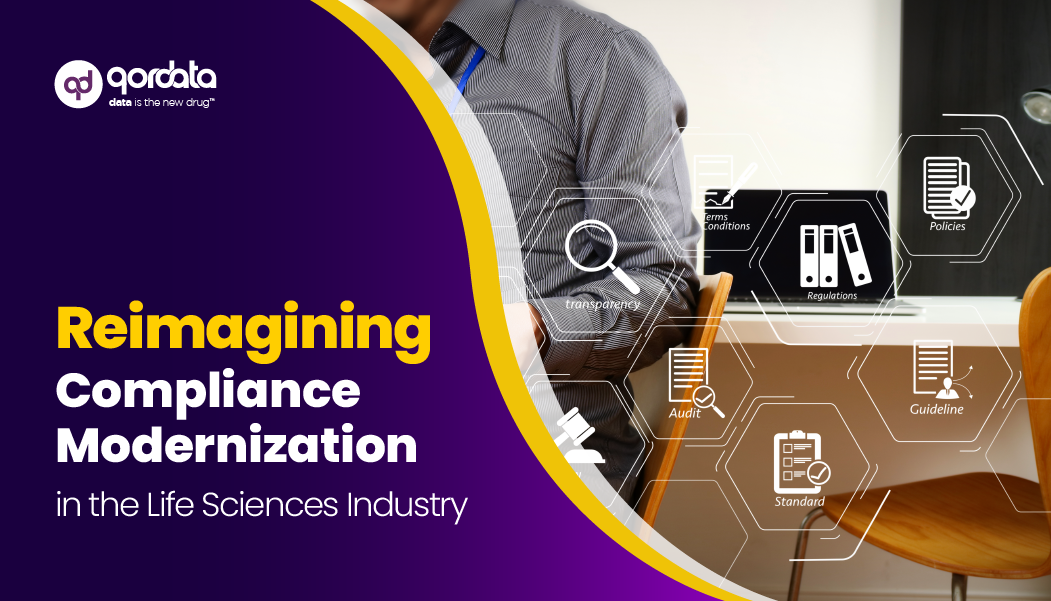The intricate landscape of regulations in the U.S. calls for effective tools to monitor, document, and ensure compliance across all transactions done with healthcare professionals (HCPs).
The global Transaction Monitoring Software market is projected to reach $44.73 billion by 2031, marking a substantial increase from $23.5 billion in 2024. This growth highlights the rising adoption of Transaction Monitoring Software solutions across various industries, such as automotive, healthcare, and manufacturing.
Transaction monitoring solutions serve as a critical component for life sciences companies seeking to prevent financial misconduct, detect unauthorized transactions, and maintain a secure operational environment.
What Is Transaction Monitoring Software?
Transaction monitoring software is a solution designed to track all transactions in real-time, allowing companies to flag any transactions that appear suspicious or deviate from set parameters. In life sciences, where transactions can involve substantial financial transfers for research, physician payments, or vendor relations, a robust transaction monitoring tool ensures these activities are lawful and in line with regulatory standards.
Whether a transaction monitoring application is employed to streamline compliance, enhance security, or prevent fraud, the software’s ability to maintain a comprehensive transaction history and audit trail is invaluable. The transaction monitoring process typically includes gathering transaction data, analyzing it against predefined compliance rules, and generating alerts for suspicious transactions.
Why Is Transaction Monitoring Important?
The importance of transaction monitoring in life sciences cannot be overstated. Regulatory bodies like the FDA and OIG enforce stringent rules around financial transactions, especially regarding transfers of value to healthcare professionals (HCPs). Non-compliance can lead to fines, reputational harm, and even legal action. With the help of transaction monitoring systems, companies can maintain track of all transactions, detect unauthorized activities, and safeguard their operations.
In the U.S., the necessity for compliant operations is heightened by transparency requirements like the Sunshine Act. By leveraging transaction monitoring software, life sciences companies not only prevent and detect fraud but also create detailed records to demonstrate compliance, making audits smoother and protecting against regulatory penalties.
How Does Transaction Monitoring Software Work?
Transaction monitoring software uses AI and machine learning algorithms to scan and analyze transactional data continuously. Here’s a breakdown of how these solutions operate in life sciences:
- Data Collection: Transaction monitoring software gathers data from various financial sources, including expense management systems and procurement databases, ensuring a complete view of all transactions.
- Risk Assessment & Rule Setting: Risk parameters and compliance rules are configured based on regulatory guidelines and company policy. These rules may include thresholds for flagged transactions, types of suspicious activities, or patterns that warrant further investigation.
- AI-Powered Analytics: Advanced transaction monitoring solutions employ AI models to enhance detection capabilities. The software can learn from previous flagged transactions to identify patterns, helping it become more accurate over time in flagging potentially non-compliant transactions.
- Real-Time Monitoring: By continuously monitoring financial activity, transaction monitoring solutions can flag any transaction in real-time, alerting compliance officers instantly. Real-time monitoring of all transactions means that anomalies or irregularities are caught as they occur, allowing prompt response and reducing risk exposure.
- Alert Management: When a transaction is flagged as a suspicious transaction, the software generates an alert. The alert is typically categorized by severity to help compliance teams prioritize investigations, ensuring the most critical cases receive immediate attention.
- Audit Trail Creation: These systems create a comprehensive audit trail by maintaining a detailed transaction history. This enables companies to backtrack on flagged transactions and provides clear documentation for regulatory reporting.
Challenges to Transaction Monitoring in Life Sciences
Implementing transaction monitoring solutions in the life sciences industry is not without its challenges. Life sciences companies handle thousands of transactions daily. Manually auditing such volumes is infeasible, underscoring the need for automated transaction monitoring processes.
Life sciences companies must adhere to multiple regulations, including those unique to the U.S. Often, these requirements change, necessitating frequent updates to transaction monitoring systems. Traditional transaction monitoring tools may generate a high number of false positives, overwhelming compliance teams. AI-powered transaction monitoring tools mitigate this issue by accurately identifying genuine anomalies and learning from each transaction flagged, reducing the rate of false positives.
Leveraging AI for Transaction Monitoring
As regulatory scrutiny increases, AI-powered transaction monitoring solutions offer the necessary agility and precision to detect issues that manual audits or traditional systems may miss. Through machine learning, transaction monitoring systems can identify complex compliance breaches that would otherwise require intensive manual effort.
Here’s how leveraging AI for transaction monitoring is a game-changer for life sciences companies:
- Enhanced Fraud Detection: AI helps detect patterns indicative of fraudulent activity, such as duplicate expenses, altered documents, or unauthorized vendors, which may evade standard transaction monitoring processes.
- Predictive Analytics: By analyzing transaction history, AI-driven solutions can predict potentially risky transactions before they occur, allowing compliance officers to proactively address issues.
- Customizable Compliance Rules: AI-powered tools allow companies to customize compliance checks to suit regulatory and business needs, creating transaction monitoring systems that fit organizational requirements.
- Adaptive Learning: Advanced AI models continuously learn from flagged transactions, adjusting their algorithms to improve detection accuracy over time.
Best Features of Transaction Monitoring Solutions for Life Sciences
When selecting a transaction monitoring solution, life sciences companies should prioritize features that align with both compliance goals and operational needs. Here are the best transaction monitoring features for compliance in life sciences:
- Real-Time Monitoring: Continuous tracking ensures that any suspicious activity is immediately flagged and addressed, minimizing exposure to compliance risk.
- Detailed Audit Trail: Comprehensive audit trails allow companies to track every flagged transaction and create reports essential for regulatory audits, facilitating transparency.
- Integration with Expense Management Systems: Integration with systems like SAP Concur strengthens compliance checks, ensuring all expense data is centralized, accessible, and complete.
- Computer Vision for Document Digitization: Computer Vision digitizes receipts and sign-in sheets, allowing AI-powered systems to identify complex issues like altered documents, which are often difficult to detect manually.
How to Implement Transaction Monitoring Solutions Effectively
To maximize the benefits of a transaction monitoring application, companies should follow these best practices:
- Clearly define what you aim to achieve with the transaction monitoring solution. This includes setting thresholds for flagged transactions and establishing compliance guidelines.
- Configure the software’s compliance rules to align with your specific regulatory requirements, particularly for U.S. mandates.
- Equip teams with training on how to handle transaction alerts and use the system efficiently. An informed team enhances the effectiveness of transaction monitoring processes.
- As regulations evolve, ensure your transaction monitoring software is updated to maintain compliance. AI models should also be retrained periodically to retain accuracy.
Transaction Monitoring is Essential in U.S. Life Sciences
In U.S. life sciences, transaction monitoring solutions are indispensable. They provide compliance assurance, enhance fraud detection, and support financial transparency. By integrating real-time monitoring, AI analytics, and customizable compliance features, transaction monitoring systems help life sciences companies build trust, avoid penalties, and drive success in a competitive industry.
In a dynamic, regulated field, transaction monitoring solutions are vital to sustaining compliant operations. For U.S. companies aiming to strengthen compliance frameworks, these tools offer the transparency and precision needed to stay ahead where compliance is key to success.

